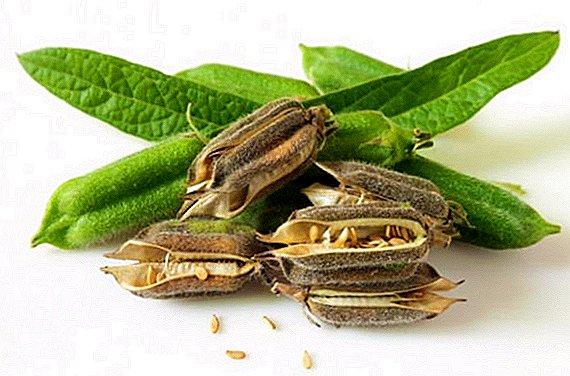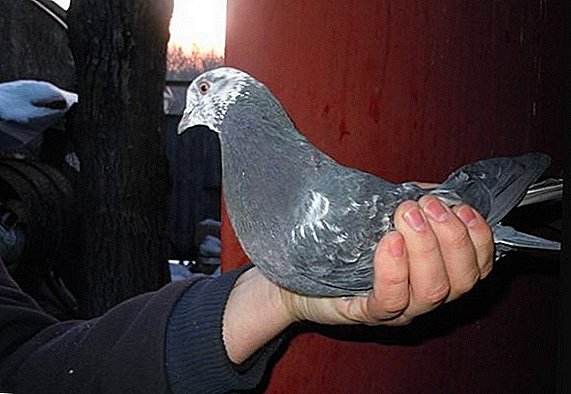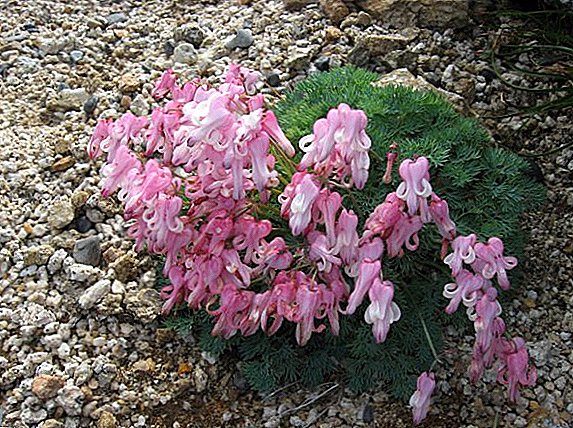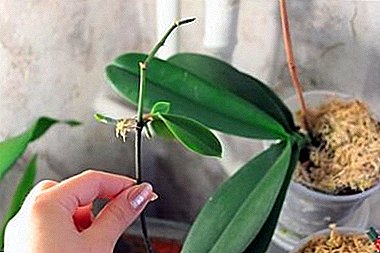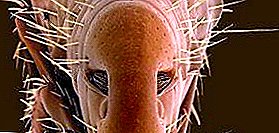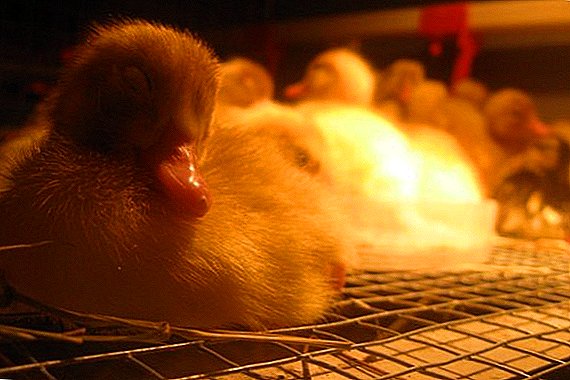
Ficus benjamina has several varieties.
One of the most common - Benjamin Mix, or, in scientific language, Ficus Benjamina Mix.
His homeland is the tropics, most often growing in Southeast Asia, India, Northern Australia and the Philippines.
This is an evergreen shrub, named after the British botanist Benjamin D. Jackson.
Home care
Benjamin Mix with good care and the correct location can reach in height 2-3 metersin the wild can grow up to 25 meters.
Its leaves come in two varieties: plain dark green and motley-colored.
Depending on the color of the leaves, you need to choose a permanent place where your green pet will live.
The plant with variegated leaves loves the light more, with good lighting, the color of the leaves becomes more saturated, safely put it on the south side of the apartment.
But the ficus with dark green leaves prefers the eastern side and diffused light, more than even a penumbra.
 This is a very capricious tenant requiring attention, "planted and forgotten" - this is not about him.
This is a very capricious tenant requiring attention, "planted and forgotten" - this is not about him.
Ficus loves consistency, does not like to change places, and any movement, if he is constantly moving from place to place, he may be offended, lose leaves, and even dry out.
Very attached to the owners, misses them, his leaves begin to turn yellow and fall off.
Therefore, you should not be surprised if after your absence at home, even for 3-4 days, you will see an almost completely “bald” plant.
If, after all, in the flower shop you have laid eyes on Benjamin, brought him home, preferably immediately transplant a flower.
Planting and transplanting
Priming
Soil (universal for indoor plants) should be mixed with sand, approximately 1 part of sand and 2 parts of soil.
Be sure to put expanded clay drainage to the bottom of the pot.
For subsequent transplantation (about once every 2 years), the size of the pot should be selected according to the ficus value.
Watering
Special attention should be paid to watering. A resident of the tropics Benjamin's ficus does not like draftsprefers warm comfortable temperature 22-25 degrees and moist soil, it should be watered with well-settled water 1-2 times a week in summer and 1 time in 10-12 days in winter.
Do not overdo it, excessive moisture is just as harmful to the plant as drought, it can cause root system rotting, so check the ground before watering, the top layer should be dry.
If watering is insufficient, the flower itself will give a signal: its leaves will begin to turn yellow.
Priming
It does not hurt him and fertilizer, which can be bought at any flower shop, it is called "For ficuses".
Important: soil can only be fertilized from spring to early autumn.
Bloom
Ficus blooms only in greenhouses small round inflorescences. At home, does not bloom.
A photo
In the photo ficus Benjamin "Mix":






Breeding
Benjamin breeds with young shoots that can be held in water until the roots appear, and you can immediately plant a process in the ground under a glass jar. Bank clean after rooting.
- Benjamin Ficus can be given a different shape, which one you prefer:
- trim the side shoots, the plant will tend upwards and take the form of a tree
- trim the top of the plant, Benjamin will grow a lush shrub
Useful video on the breeding of the ficus "Benjamin Mix":
Benefit and harm
This green household has the unique ability to remove toxins from the air and saturate it with oxygen, but there is a minus in this.
The flower, absorbing toxins itself becomes unsafe, especially milky liquid, which is released when cutting a shoot or leaf, is considered poisonous, so if you have pets or small children in the house, you need to protect them from contact with ficus.
Diseases and pests
This tropical guest is ill, and it is extremely rare to be attacked by pests. But you need to know the enemy in person.
Most often, mealybugs and scabies bring trouble to the plant.
 mealybug got its name due to fluffy secretions that appear on the leaves, the leaves turn yellow, curl.
mealybug got its name due to fluffy secretions that appear on the leaves, the leaves turn yellow, curl.
You can help the plant by treating it with any insecticide solution, it is better to remove the affected leaves.
shield with its wax body it is glued to the underside of the leaves, brown spots appear on them, the plant ceases to develop normally.
The treatment of the plant with an insecticidal solution will also help to cope with the shield; before processing, the insect insects from the leaves must be removed, as the laid eggs are hidden under their bodies.
Of course please Ficus benjamina mix very difficult, but worth it.
In your apartment there will be an evergreen slice of the tropics and lift your spirits on cold winter evenings.





